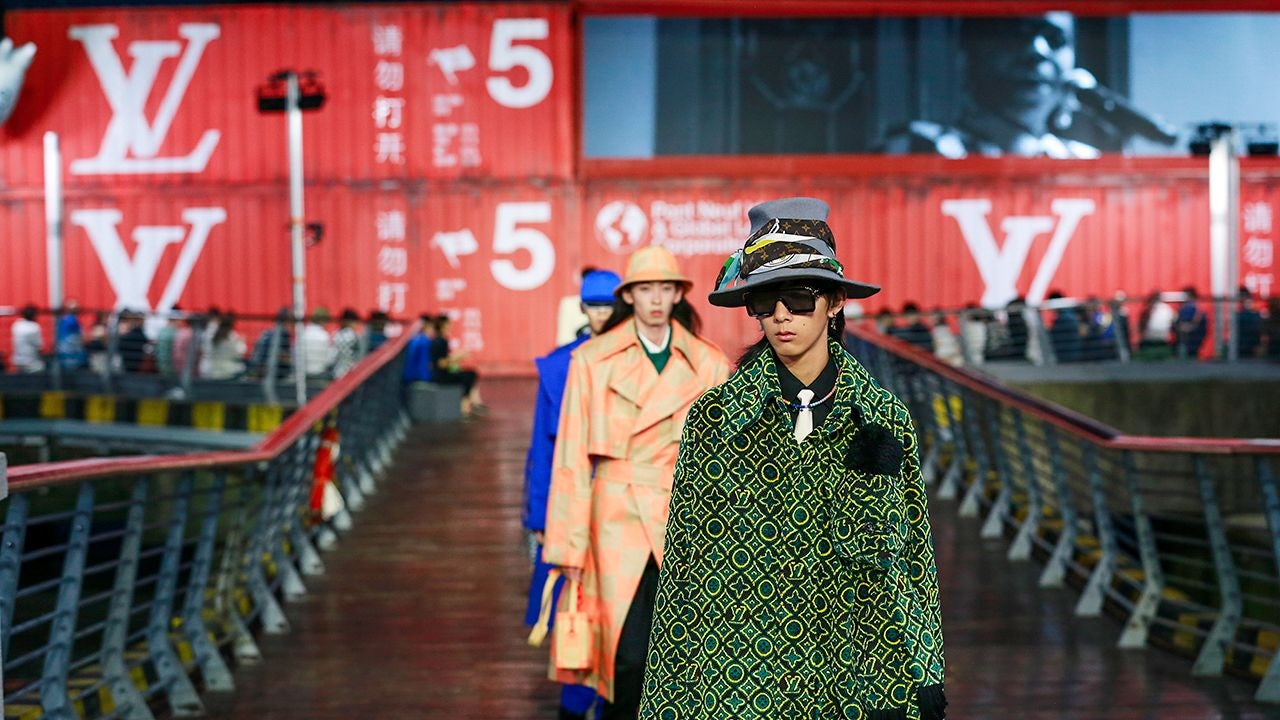Key Takeaways#
- A popup’s physical immersion allows companies to communicate their brand values through engaging and dynamic scenarios.
- Despite not being unique to post-pandemic China, offline pop-up stores have been re-approached by discerning players that want to engage a broader range of visitors and reinforce brand exclusivity.
- As the rivalry between domestic luxury retail escalates, the usual retail experiences showcasing new collections will not intrigue or impress today’s Chinese shoppers.
Staging physical runway shows, exhibitions, and pop-up stores in China has become golden tickets for luxury houses wanting to double down on the China market since the country has seen resilient buying and a substantial rebound after the pandemic disruption. Louis Vuitton, Prada, and Lanvin all showcased their 2021 Spring collections in Shanghai last summer, and the highly-anticipated Dior Pre-fall 2021 collection will be staged there on April 12.
Other notable Shanghai activations include Moncler’s debut of its China-exclusive Moncler Young Icons collection last November, unveiled through an immersive pop-up installation called “Pladis: Data Universe.” Meanwhile, Cartier rolled out a dedicated exhibition within its 14 landmark stores in Shanghai titled “Make Your Own Path,” drawing inspiration from Pasha De Cartier’s watch collection.
Despite not being unique to post-pandemic China, offline pop-up stores have been re-approached by discerning players that want to engage a broader range of visitors and reinforce brand exclusivity. Some leveraged China’s booming duty-free retail to reach domestic travelers who aren’t shopping abroad yet. Examples include Roger Vivier’s pop-up shop, which was launched at China Duty Free Mall in Sanya last December, and Alexander McQueen’s exclusive drop at the same mall.
As the rivalry between domestic luxury retail escalates, the usual retail experiences showcasing new collections will not intrigue or impress today’s Chinese shoppers. As LVMH’s Chief Financial Officer, Jean-Jacques Guiony, put it, a popup’s diversified touchpoints add “flexibility to [the brand’s] network of fixed stores.” Meanwhile, the popup’s physical immersion allows companies to communicate their brand values through engaging and dynamic scenarios. Here, Jing Daily outlines the offline initiatives that have worked so far.
Creating immersive experiences to ingrain a brand’s image & personality#
LV’s “Zoooom With Friends”
The first physical runway show in post-pandemic China was kicked off by Louis Vuitton last August. After the release of its animated film “Zoooom With Friends,” the house launched the first stop of its touring presentation in Shanghai. There, the characters from the film came to life as giant inflatables, while playful motifs from the brand’s Spring 2021 menswear collection were everywhere.
At the venue in Shanghai’s artsy West Bund district, Chinese singer and actor Kris Wu, who is also the brand’s ambassador, made his runway debut in front of Louis Vuitton cargo containers shipped from Paris. The event set the benchmark for international luxury players wanting to consolidate or build connections with their Chinese audiences. But the engaging and playful experiences extended beyond physical scenarios, maximizing digital reach via Wu’s runway walk and branded online-to-offline initiatives.
Finding local relevance by incorporating indigenous culture#
Dior’s CNY popups & city culture
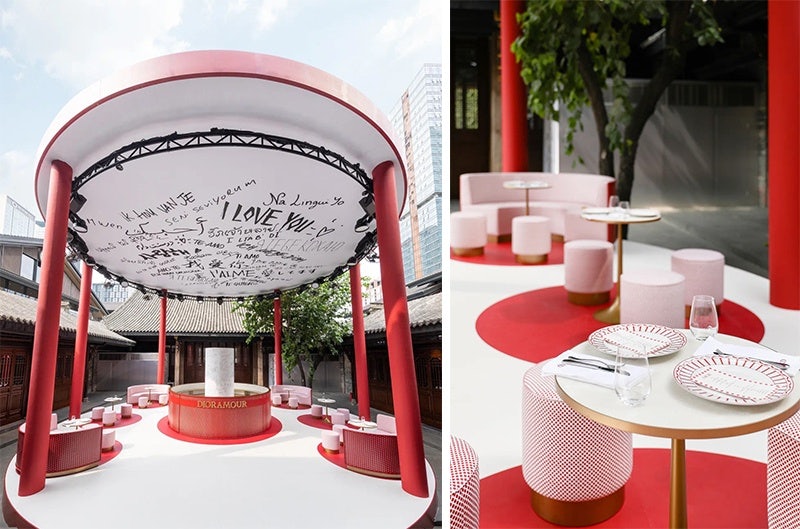
Chinese traditional festivals have become indispensable marketing occasions. Whether it was Qixi (Chinese Valentine’s Day) or New Year, discerning players laid out offline pop-up shops and online boutiques across first-tier and second-tier cities. In this sense, Dior was a leader in leveraging hype. To celebrate the Qixi Festival last year, the Maison opened offline pop-up stores in Nanjing and Shenzhen and “Dioramour Cafés” in Shanghai and Xi’an to further capitalize on experiential shopping.
In addition to checking all the right boxes of mainstream cultural celebrations, the brand showed profound command of regional heritage to elevate its localization strategies. To introduce the house’s Pre-Fall 2019 men’s collection, Dior launched a pop-up store in Chengdu, featuring a giant robot installation against a backdrop of sleek skyscrapers and ancient temples.
Rolling out limited editions and personalization services to reinforce exclusivity#
Canada Goose’s personalized services
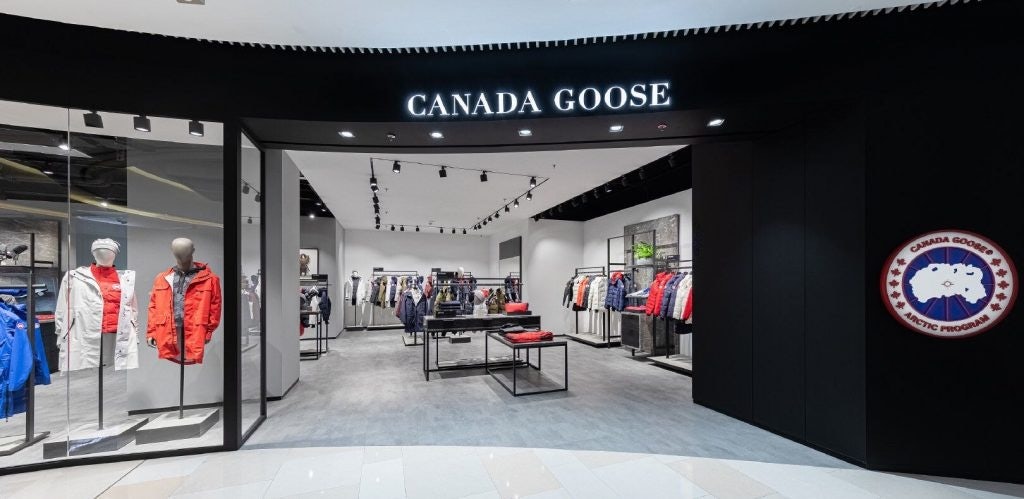
Canadian down jacket producer Canada Goose opened a pop-up store in Shanghai iAPM Mall last November, offering personalized letter customization and hood trim customization services. Customers could add heat-sealed reflective detail letters, latitude & longitude coordinates on the jacket collar or sleeves, and the owner’s name in the inside pocket. The services were also available in the brand’s boutiques in Beijing Sanlitun and Shenyang Wanxiangcheng.
Initiating collaborations to continuously create newness#
Fendi’s Mr. Doodle collab
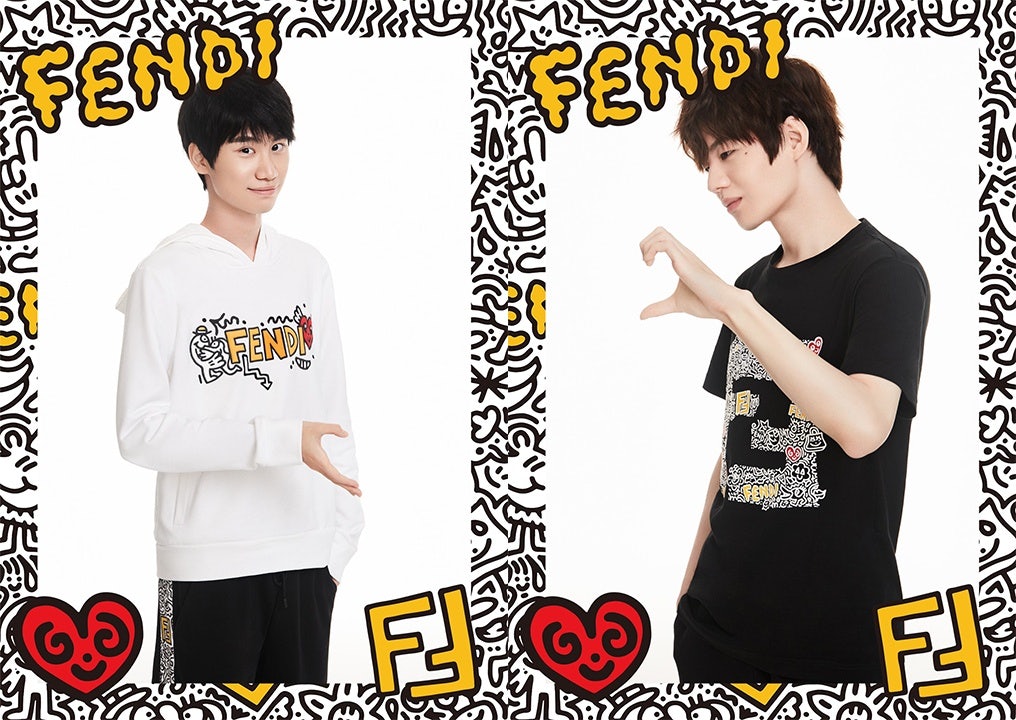
The crossover between popular culture and luxury has seen a surge of demand among Chinese Gen-Z consumers. Fendi has cleverly been mining this trend by collaborating with the British artist and illustrator Sam Cox (commonly known as Mr. Doodle). A capsule collection inspired by the artist’s unique style of detailed doodling was released in China during last year’s Qixi Festival.
But in addition to contemporary art, Fendi leveraged gaming culture by featuring two members of the Chinese League of Legends world championship team — Liu Qingsong and Jin Taixiang — in a recent campaign. Elsewhere, the brand unveiled a pop-up Fendi Caffe within its Mr. Doodle collab in the Beijing SKP and the Chengdu IFS shopping malls.
Leveraging omnichannel marketing tactics#
Max Mara’s tea time
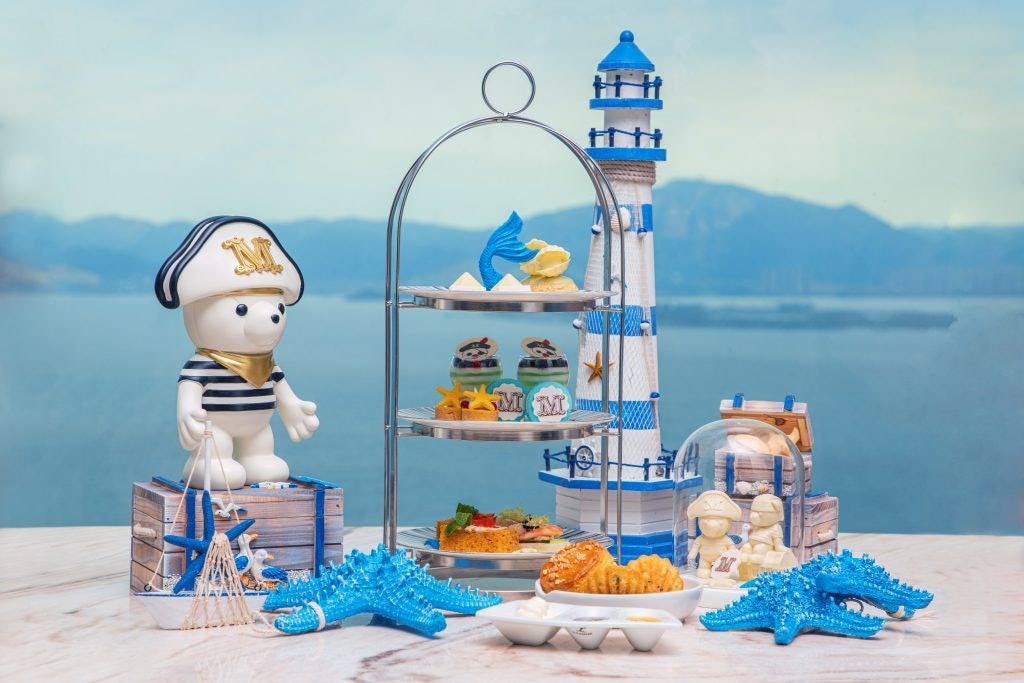
As digital transformation tends to be an irresistible shift in the luxury sector, brands like Max Mara are nimble at navigating value-added services to accomplish their digital campaigns. The Italian fashion house’s Fall 2020 campaign Treasure Island Max Mara, which presented a quirky narrative based upon a treasure hunt, rolled out a partnership with the high-end hospitality provider Shimao Hotels & Resorts Group. The offering featured teddy-themed afternoon tea, which was served exclusively at hotels under Shimao Group hotels. This concept allowed customers to extend their physical engagement with the campaign beyond the stores.
The innovation cleverly tapped one of the most-hyped occasions for showcasing high-quality lifestyles: posting afternoon tea experiences on social media. Such extensive offline-to-online schemes can produce diversified physical scenarios outside a brand’s brick-and-mortar stores while collecting organic user-generated content for them.
